500 now! Pechakucha

On the 17th of every month the cooperative NeNa1 in Zurich holds an open evening for everybody interested. After a free dinner prospective members are shown a pechakucha that provides a short insight into the cooperative's concepts and goals. A pechakucha is a Japanese format that consists of 20 pictures with 20 seconds of text for each. After this presentation questions are answered. Below you can find the text, together with the corresponding slides, suited for most local situations.
[download all slides]

1 Situation
For a lot of reasons we can safely assume that we cannot go on like this. Some hints: wasteful use of resources, destruction of the environment, climate change, social inequality, personal stress... and all of this justified by the imperative of economic growth. But even if we could go on like this, it wouldn’t be much fun.
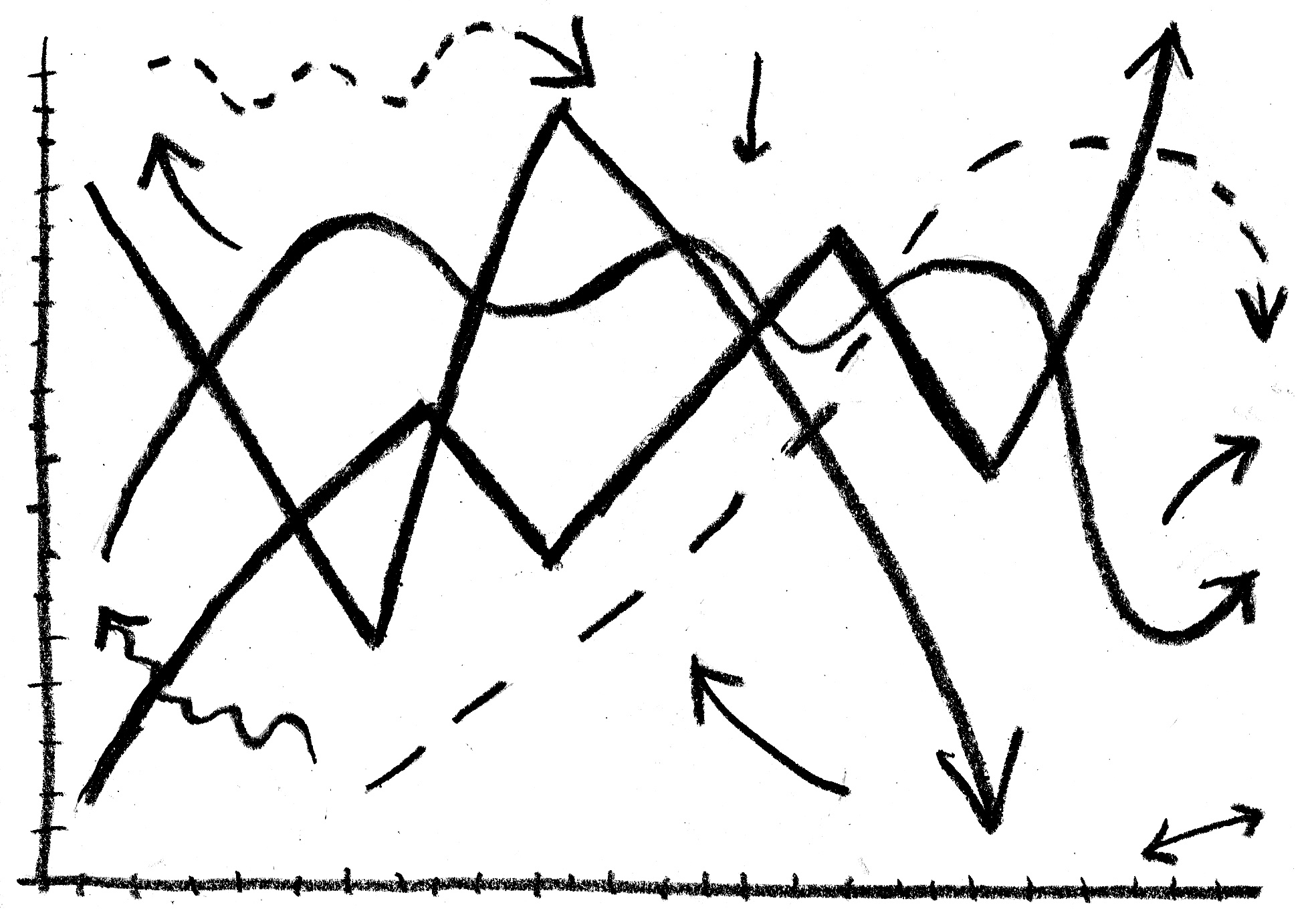
2 Ecology
Let’s focus on resources and the environment. Two thirds of our ecological impact derive from food, housing and private mobility. When talking of food we imply the whole chain of production and logistics. Housing is not just buildings, but our lifestyle within them.
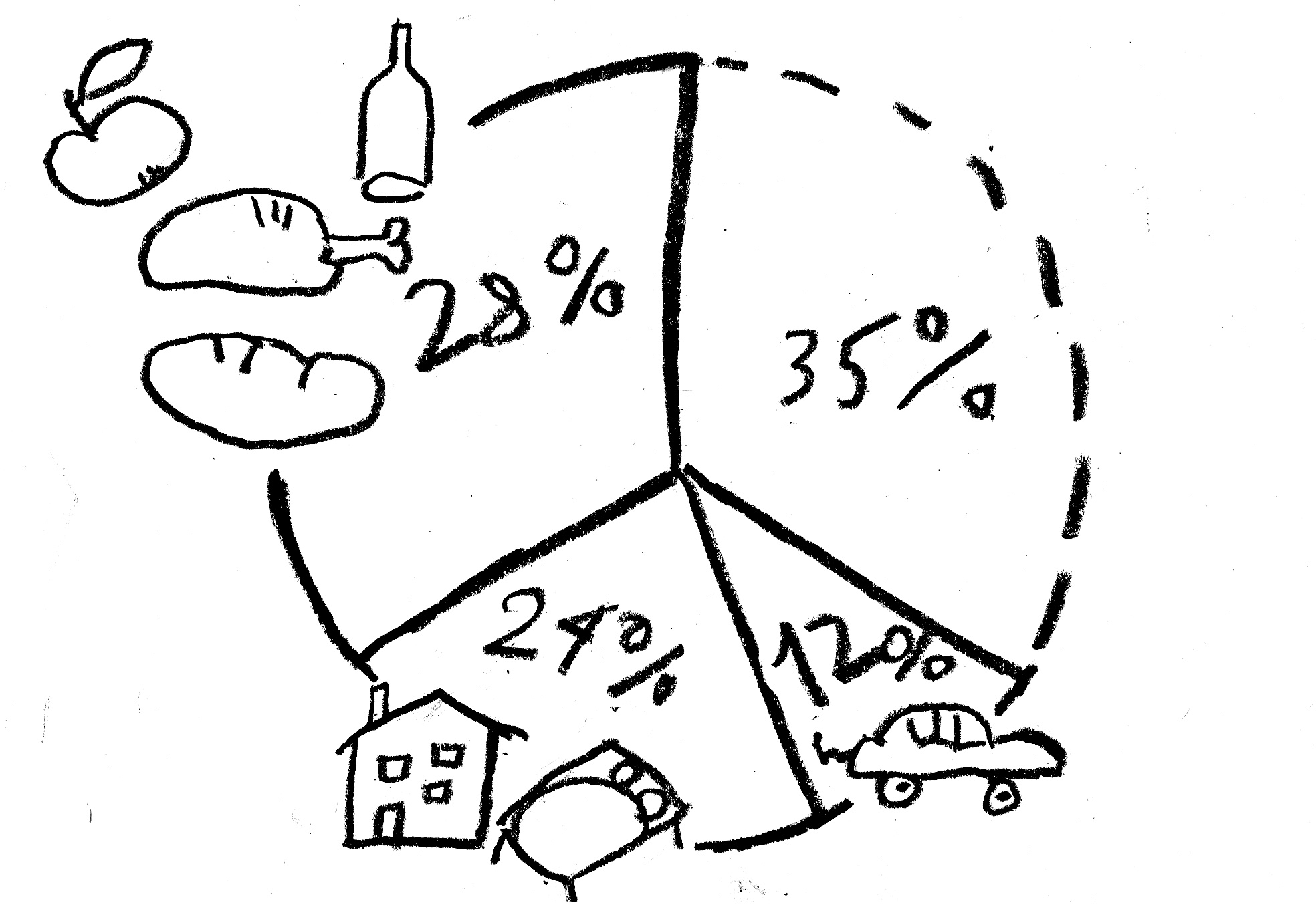
3 Structural individualism
Our lifestyle is based on structural individualism. Mind: personal individualism is a good thing that we wouldn’t want to do away with. Structural individualism is defined by structural compulsions imposed on us.

4 Example: transportation
We distinguish between public transportation and private mobility. Structural individualism prevails wherever public transportation isn’t available. You’re forced to move individually. You have to use a car or a motorbike and by doing this you pollute the environment and cause a lot of other problems.
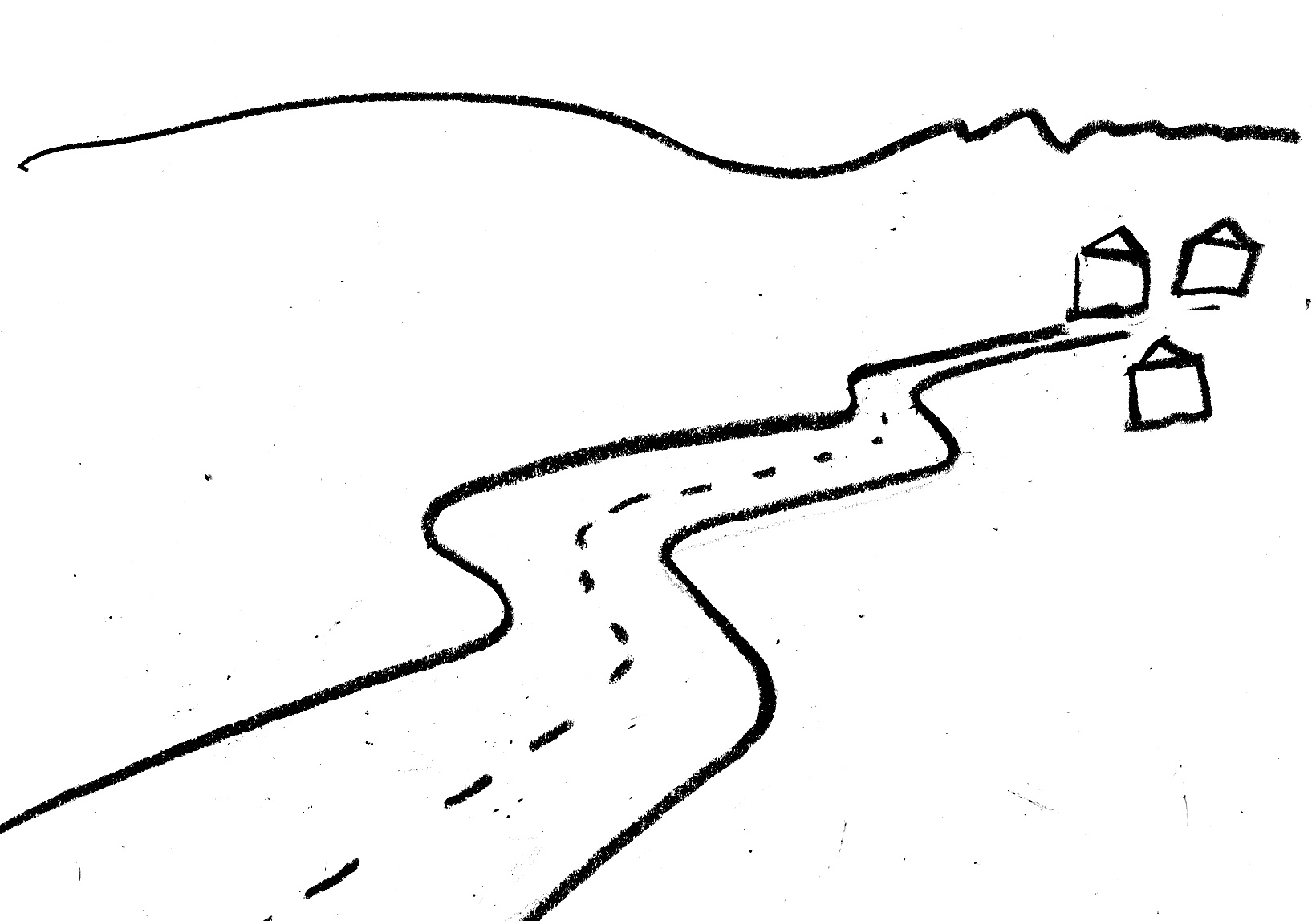
5 Housing
Another example, that is less visible, is the predominant form of housing. Each flat has a costly space and energy intensive infrastructure that is rarely used. There is the bathtub, the kitchen, the washing machine and dryer, the office, the bar, the home cinema, a balcony, a parking space, a swimming pool, a trampolin, a workshop, a guest room etc. All of these installations are used between twice a day (kitchen) and never (workshop or bar). Working full time we don’t have the time for such extravagances.
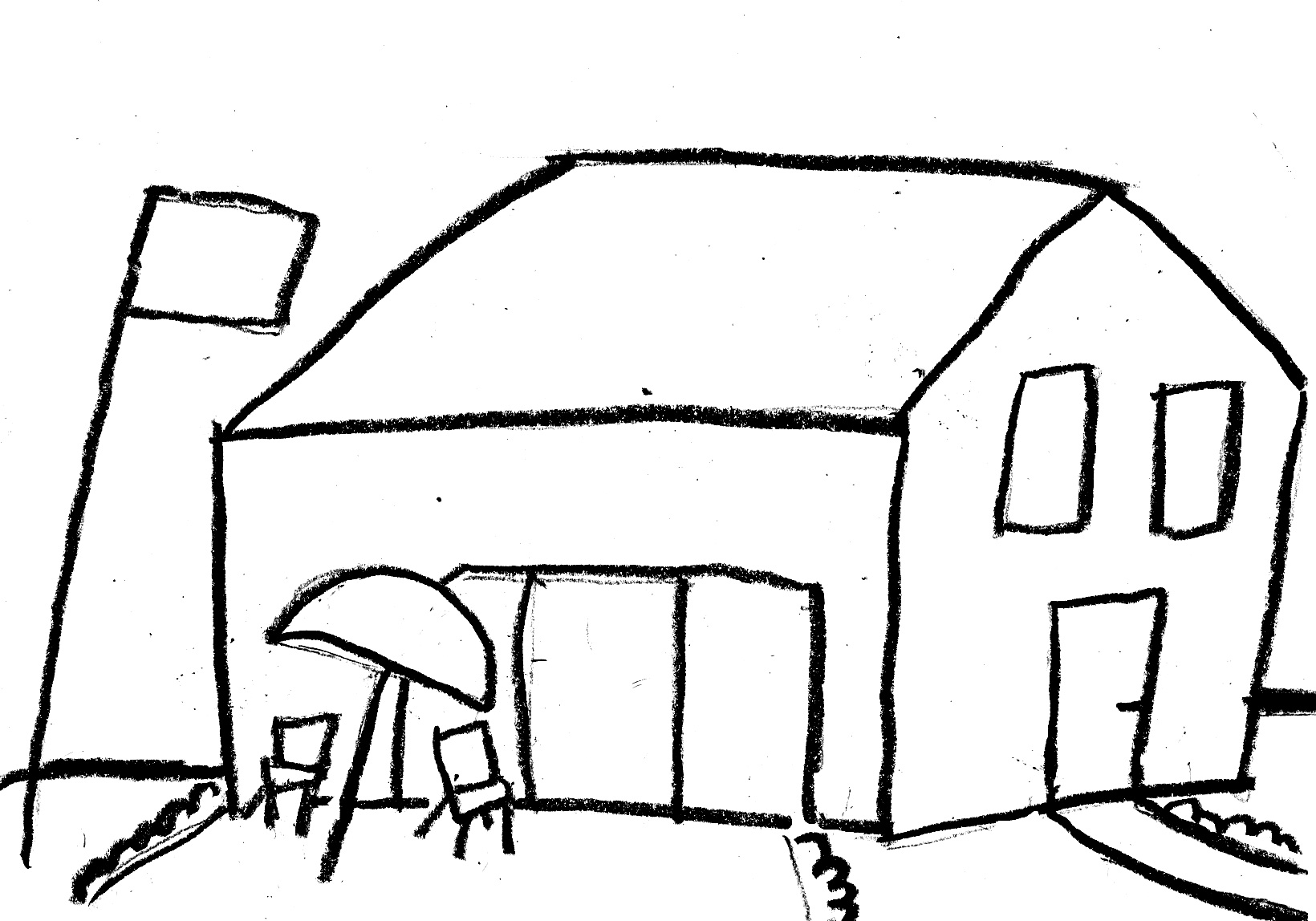
6 Renunciations
It’s self-evident: if we could do without all these contraptions, we’d need less space and energy. Would this mean renunciation and a ascetic lifestyle? Not at all. We can live comfortably within a 1000-Watt energy limit. But we’ll have to reorganize our lives.

7 1000 Watt
At the moment we’re living with around 10'000 Watt in Europe or the US. This is five times more than our fair global share of 2000 Watt. To produce these 2000 Watt we’re actually using up two planets. So we must use even less: a 1000 Watt. If we go on using 10'000 Watt, this can only persist, because a lot of people on this planet (Ethiopia) use only a few hundred Watt. The really fair share should be around 1000 Watt, with some allowances for climate and local conditions.
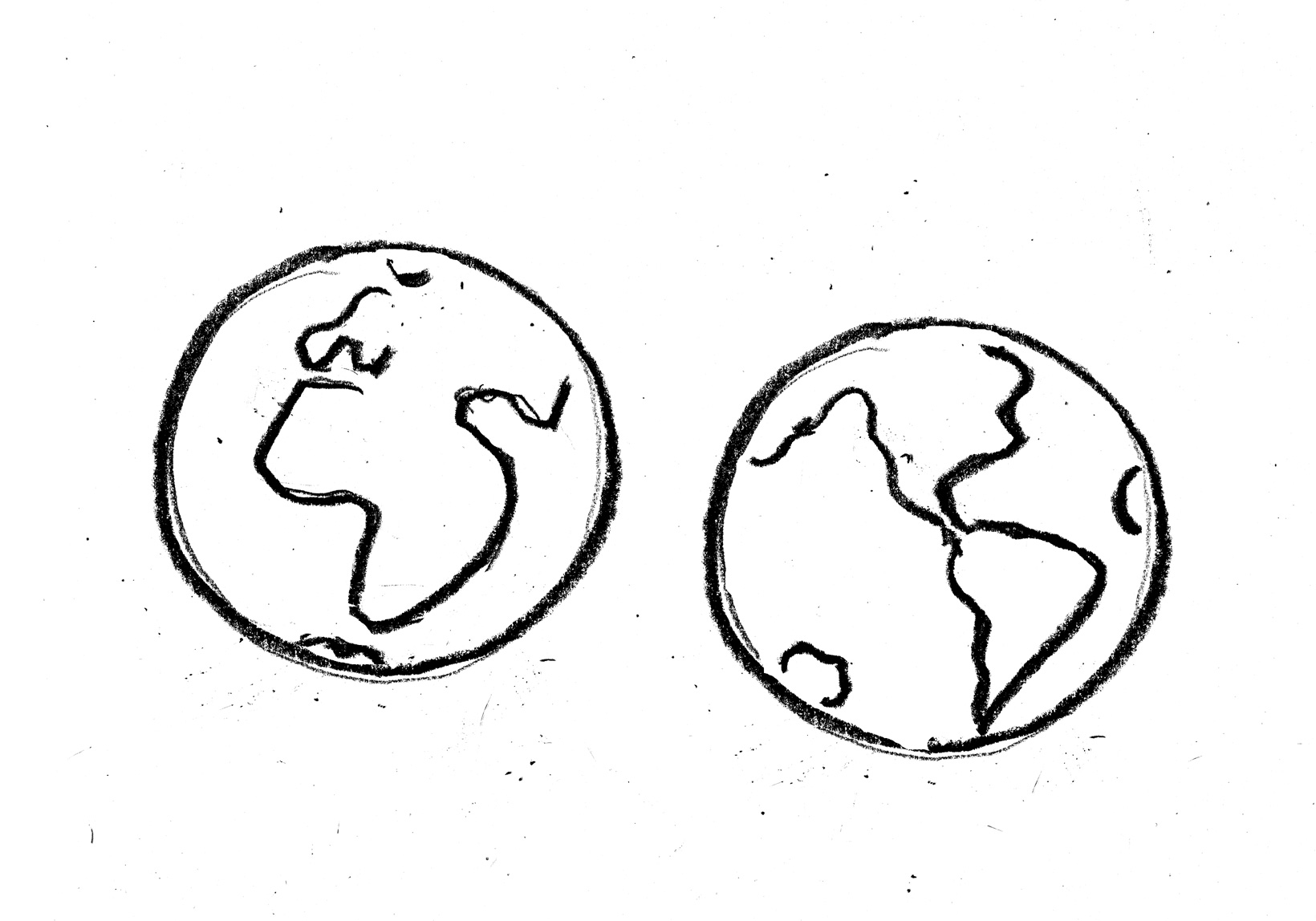
8 A new lifestyle
According to our proposal we can reduce structural individualism and establish a lifestyle based on 1000 Watt without a reduction of our quality of life. We can even improve our well-being massively. In our brochure "The Power of Neighborhood" and the Commons, a comprehensive social reorganization is described in more detail.
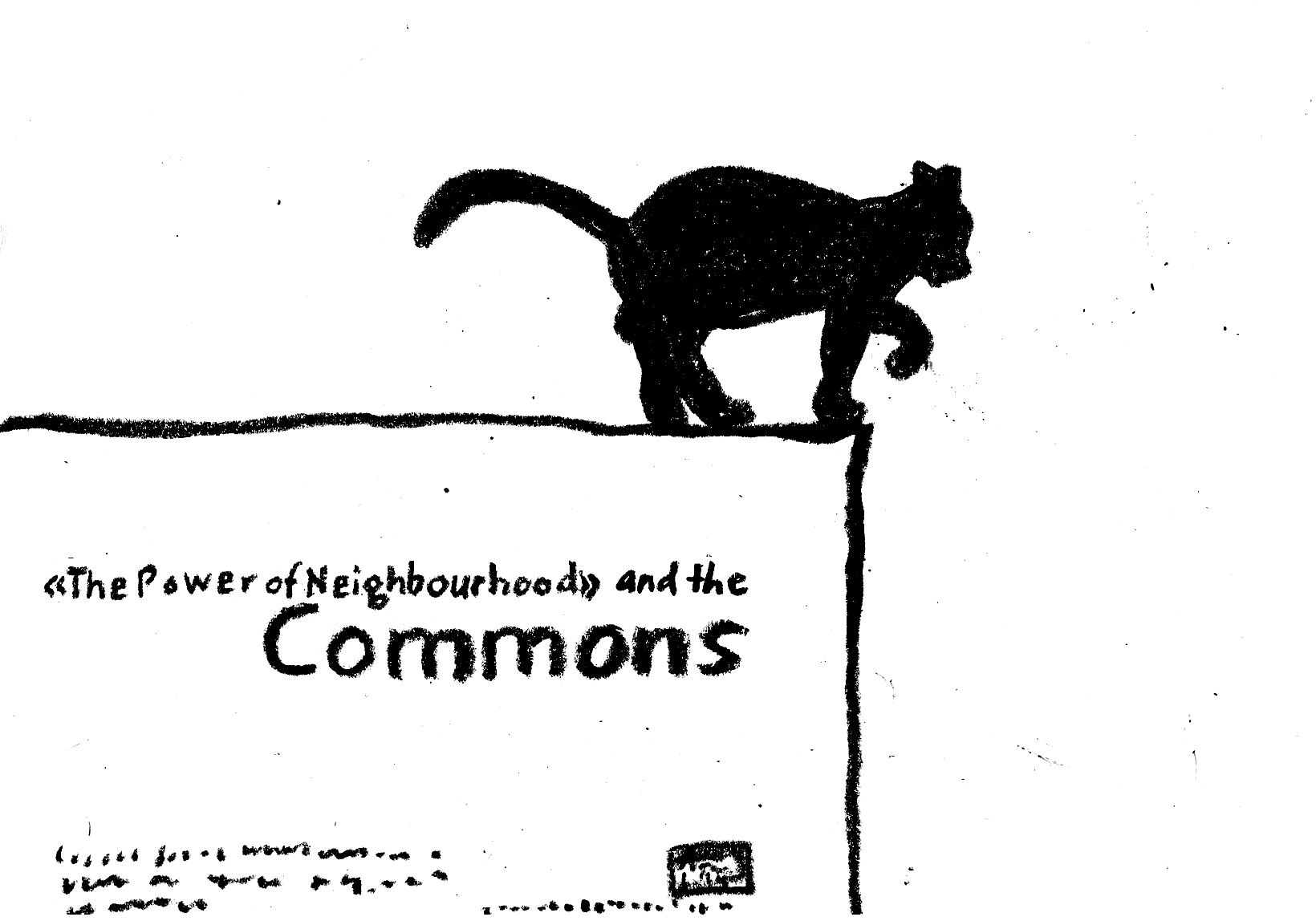
9 The neighborhood
In a typical urban neighborhood you will find 500 inhabitants. To house them you need a surface of 100m x 100m (one hectare). The buildings would ideally have a compact form and comprise 5 to eight floors, with an internal courtyard. Around the building there’s a sidewalk of a width of 5m, which can also be used as a communal space.
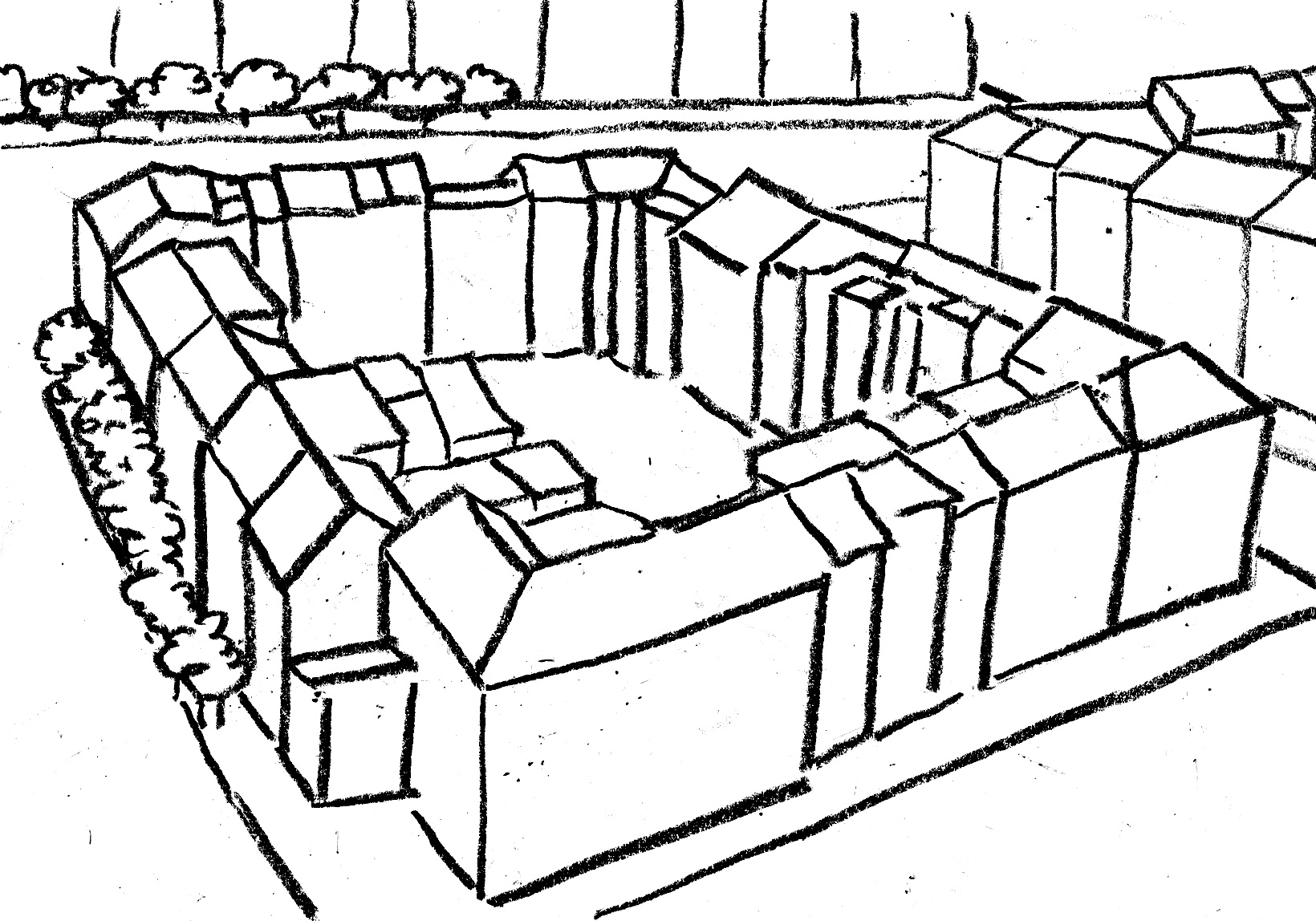
10 Density
500 persons on a hectare – compared to today’s densities that seems very dense. But there is a trick: the manifold functions that have to be fulfilled in individual flats today, will be transferred to communal and partly demiurgic infrastructures: a big kitchen, a central laundry, a food depot, guest rooms, a bakery etc.
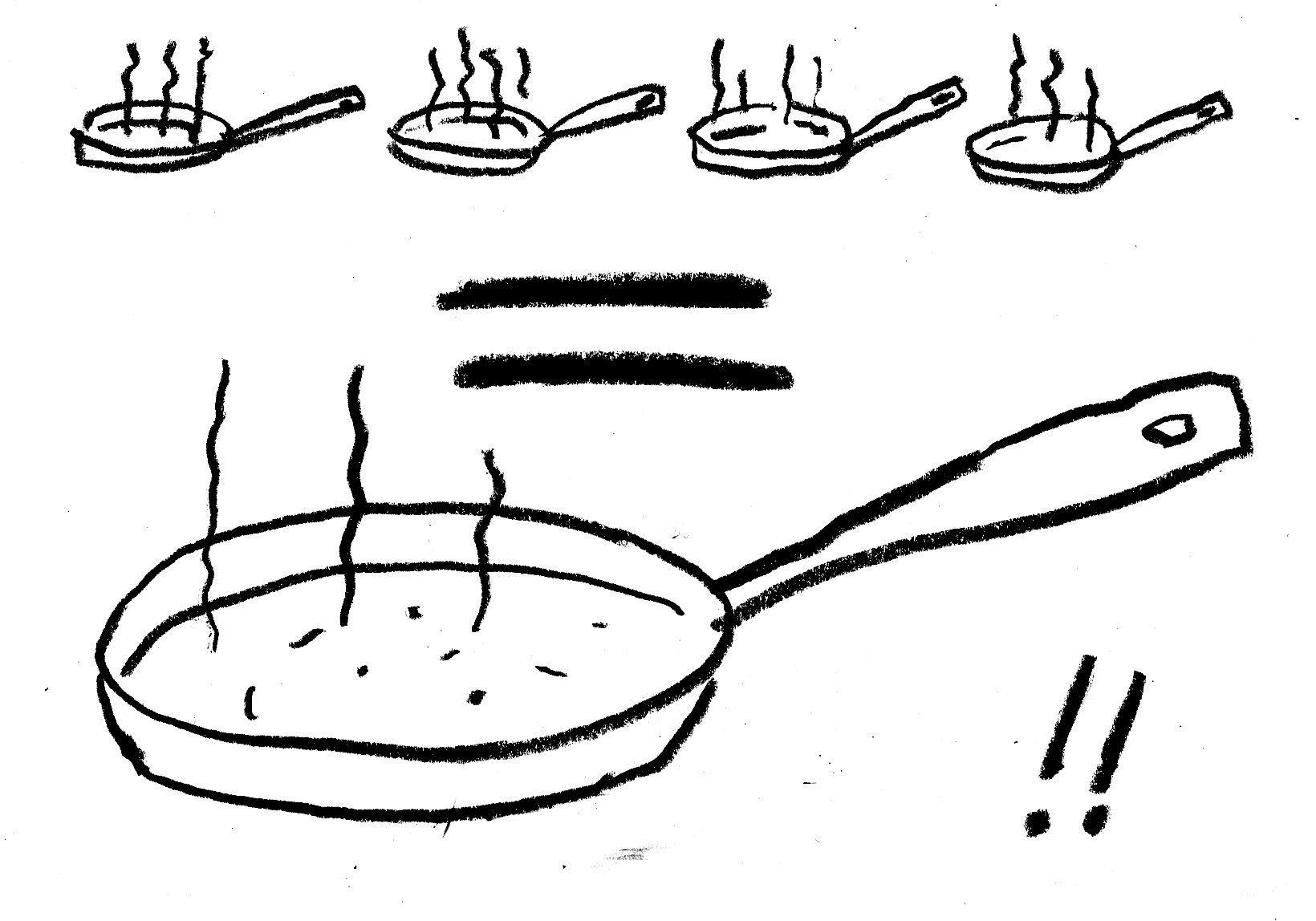
11 Demiurge
„demiurge“ is a Greek word, composed of demos = commune, and ergos = work. A demiurge is a communal worker, employed by a community to fulfill functions for everybody living there. Demiurgic workshops exist as long as neighborhoods want them and need them.
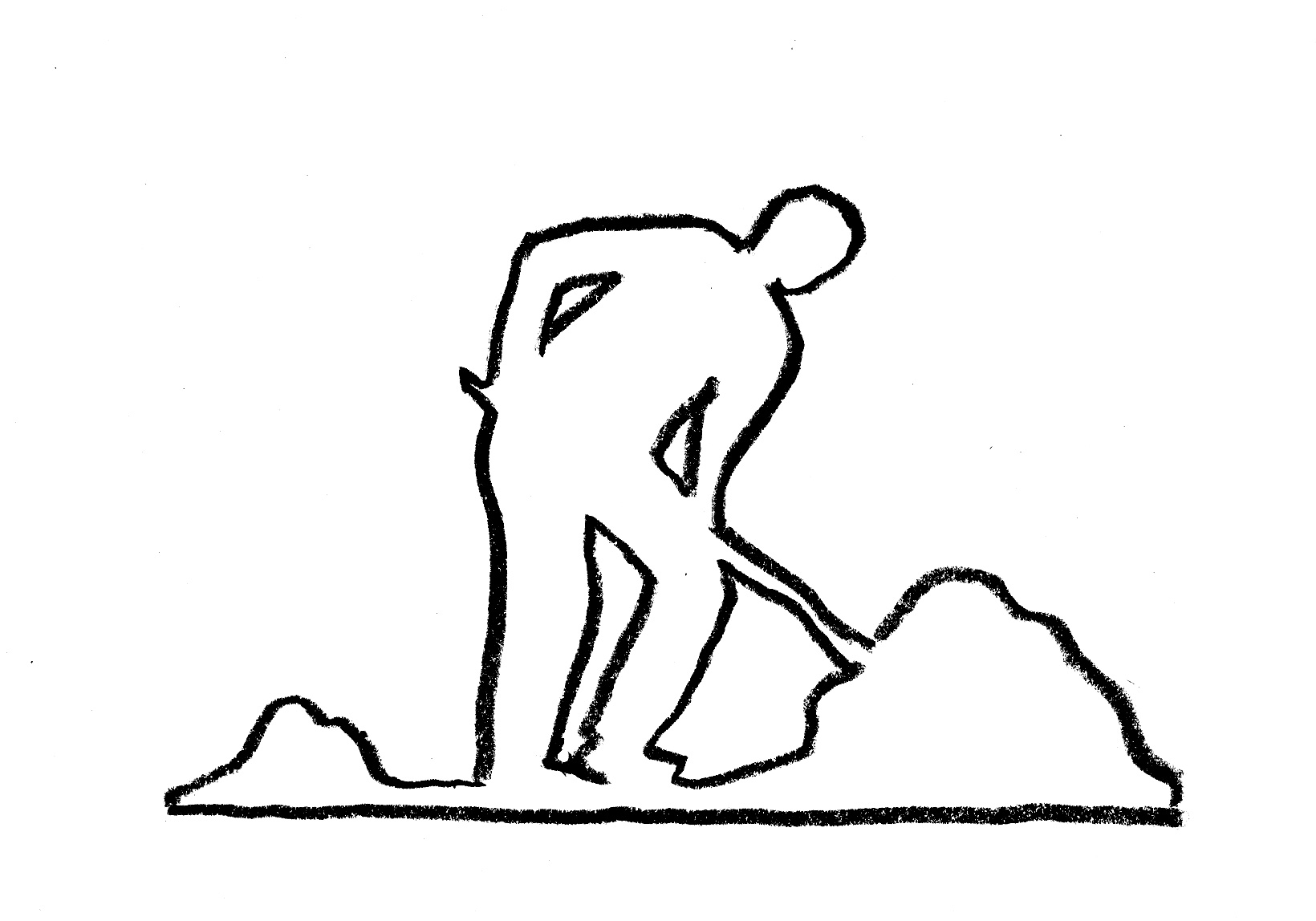
12 Microcenter
Within a walking distance of one minute the inhabitants find everything they need: fresh food, at least one restaurant, media-lounges, workspaces, a bike repair-shop, a kindergarten etc. In this way living and working spaces are relocalized. Distances disappear; energy for transportation can be reduced.
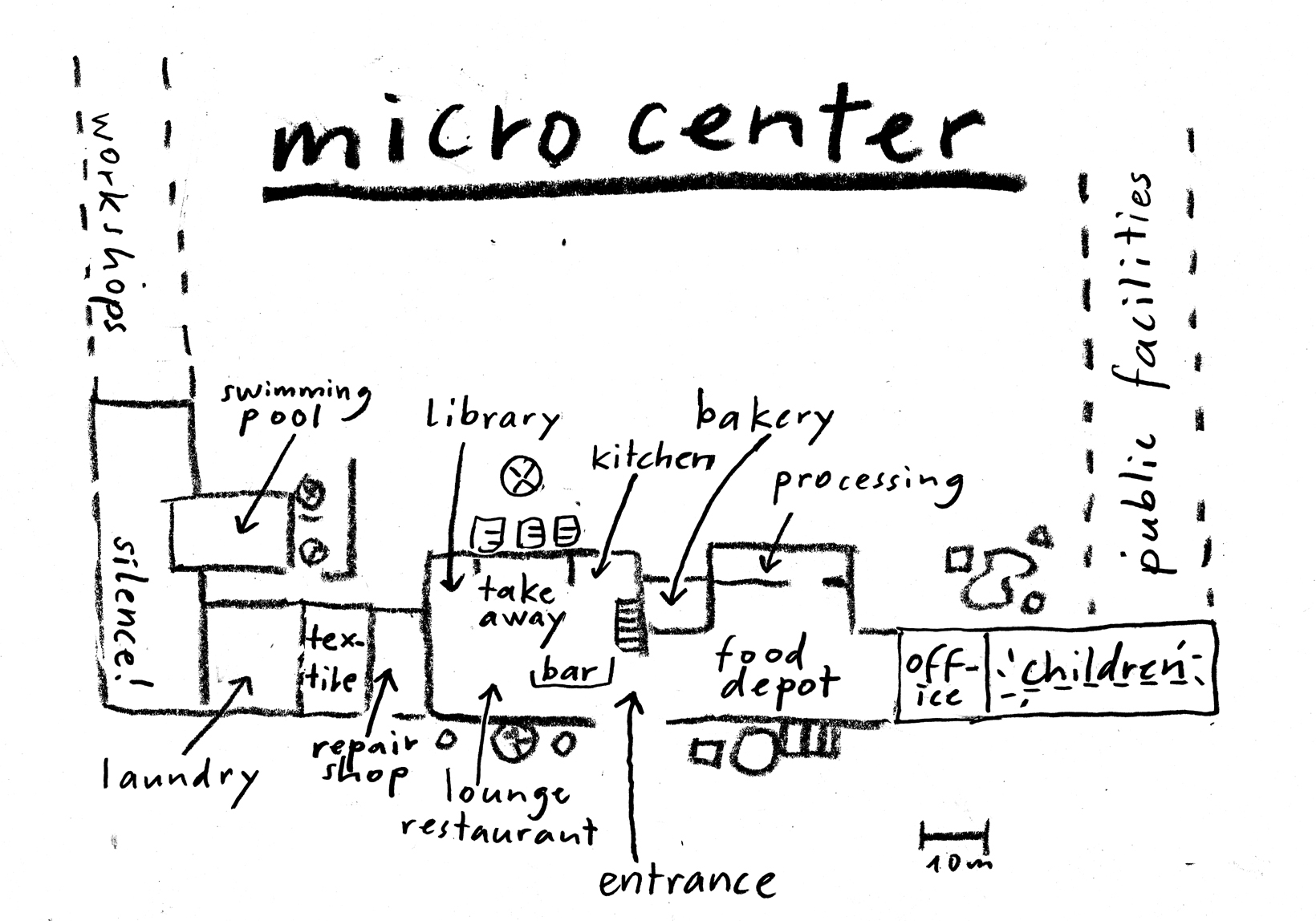
13 Commons
These collectively used spaces and resources constitute a commons. You share instead of exchanging. You contribute what you can and you get, what you need. The individual benefit is increased by collective infrastructures.
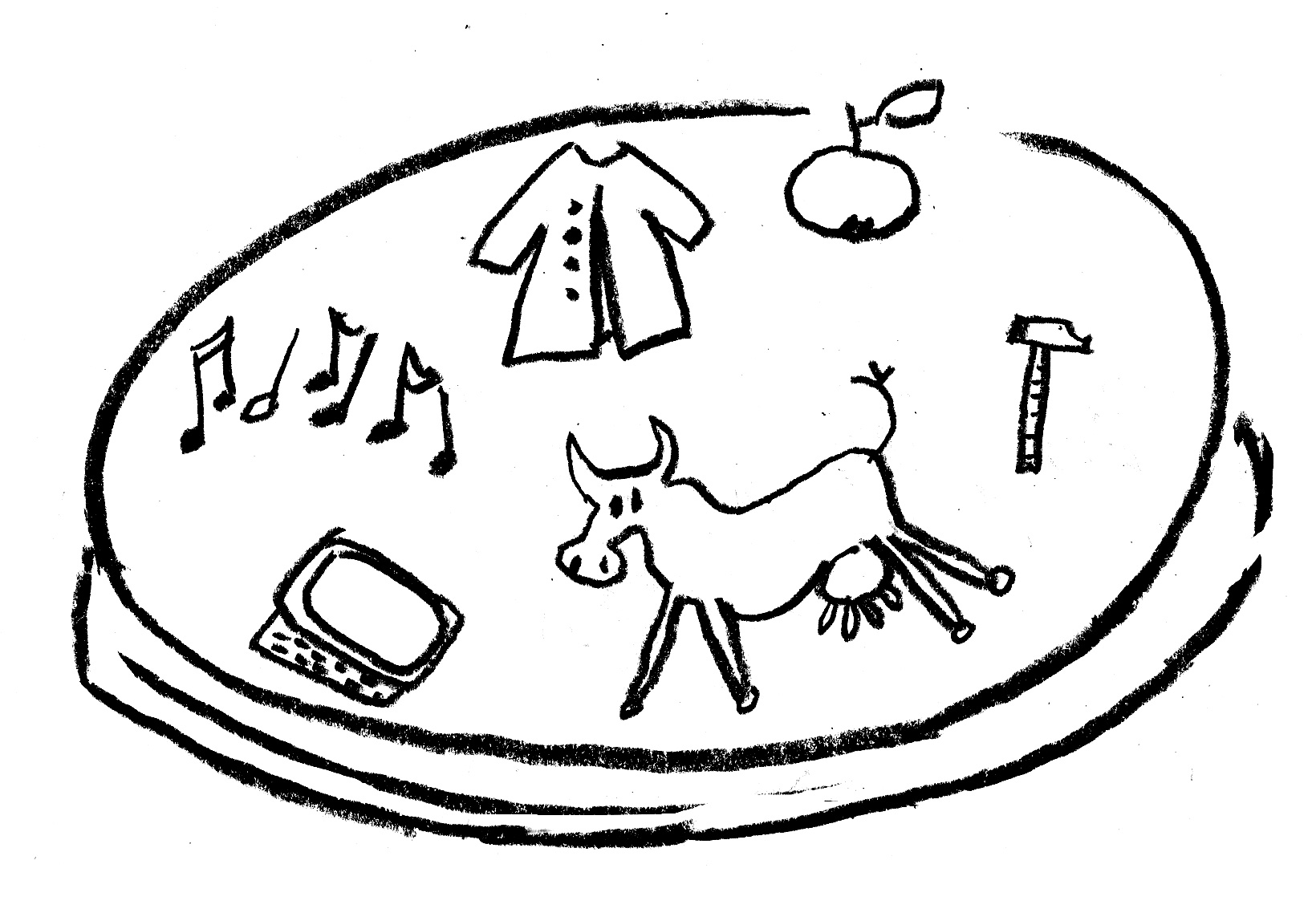
14 Hammam
An illustration: bathtubs in individual flats aren’t used too often. If 200 flats in a neighborhood have only a shower but no bathtub, you can save one square meter per flat. On these 200 square meters you can establish a hammam – an amenity you could never afford in a single flat. There is a neighborhood in Vienna that has such a communal swimming-pool (Sargfabrik).
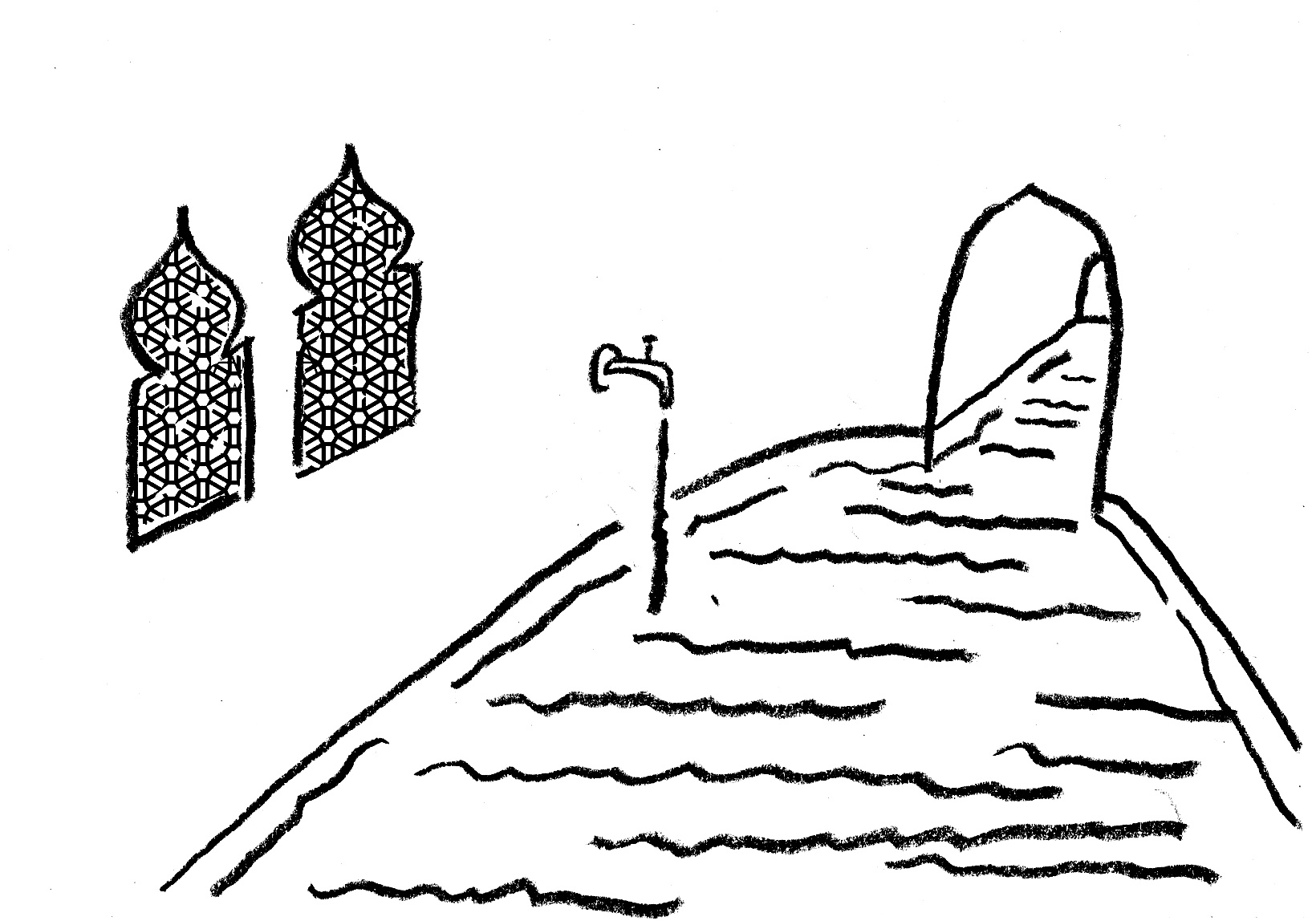
15 Mobility
If more functions are relocalized in neighborhoods and boroughs, the need for mobility is reduced. Cars are even more superfluous than today. Buses and trains can replace them. Most things can be done on foot.

16 Agrocenter
Each neighborhood is linked to an agrocenter in the region; this means agricultural surfaces of 50 to 80 hectares. This rural basis isn’t used only or the production of vegetables, fruit, cereals, milk and meat, but also for recreational purposes.
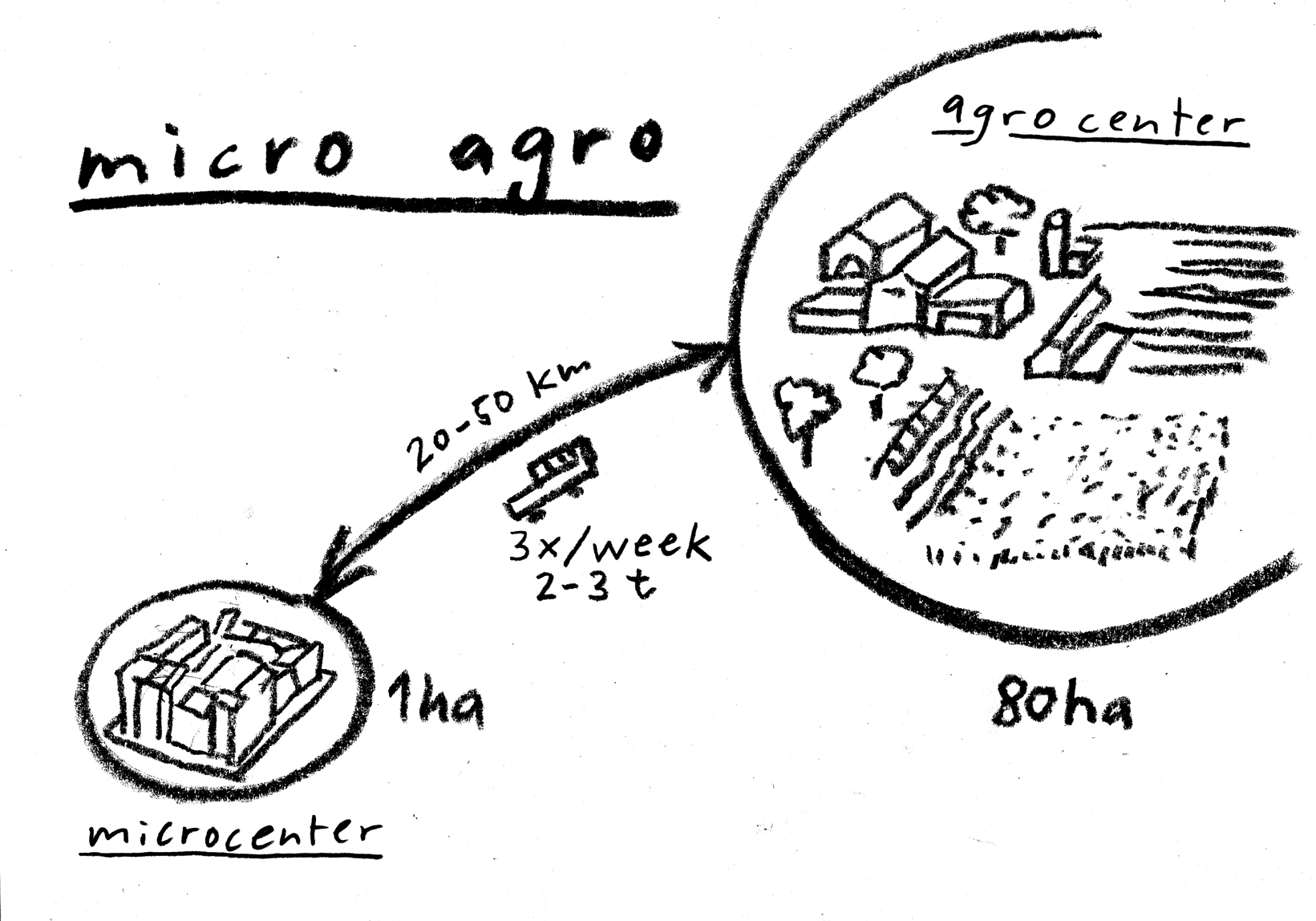
17 24/7 logistics
The inhabitants of neighborhoods don’t have to hoard food; everything will be available in the food depot around the clock. This saves shopping trips and reduces the overall need of mobility.
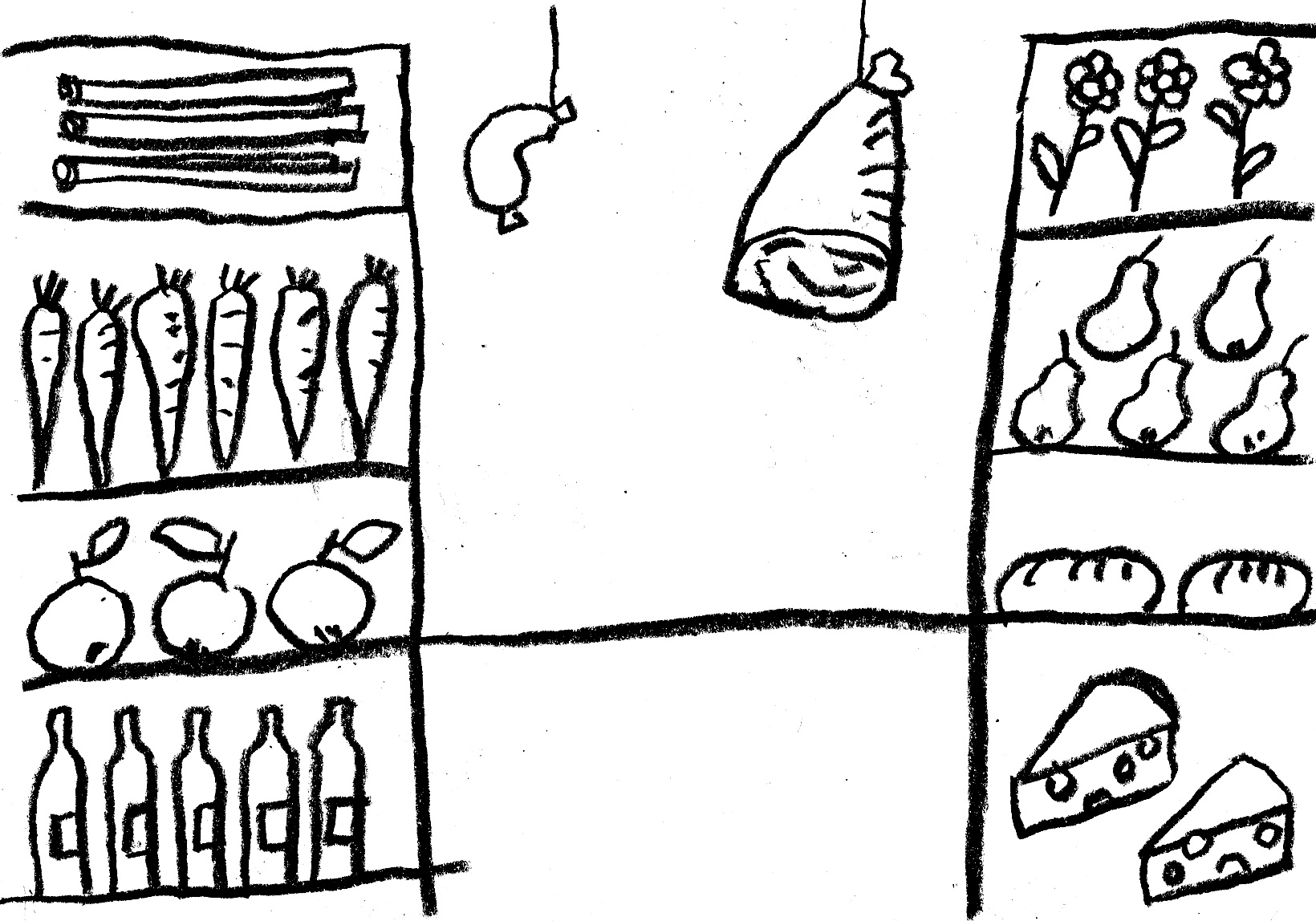
18 Cooking
A big kitchen is situated next to the food depot. Thanks to the creativity of the cooks whatever is delivered by the agrocenter can be used. For individual cooking there are mobile kitchen elements in a depot in the cellar, that can be hooked up temporally wherever needed.
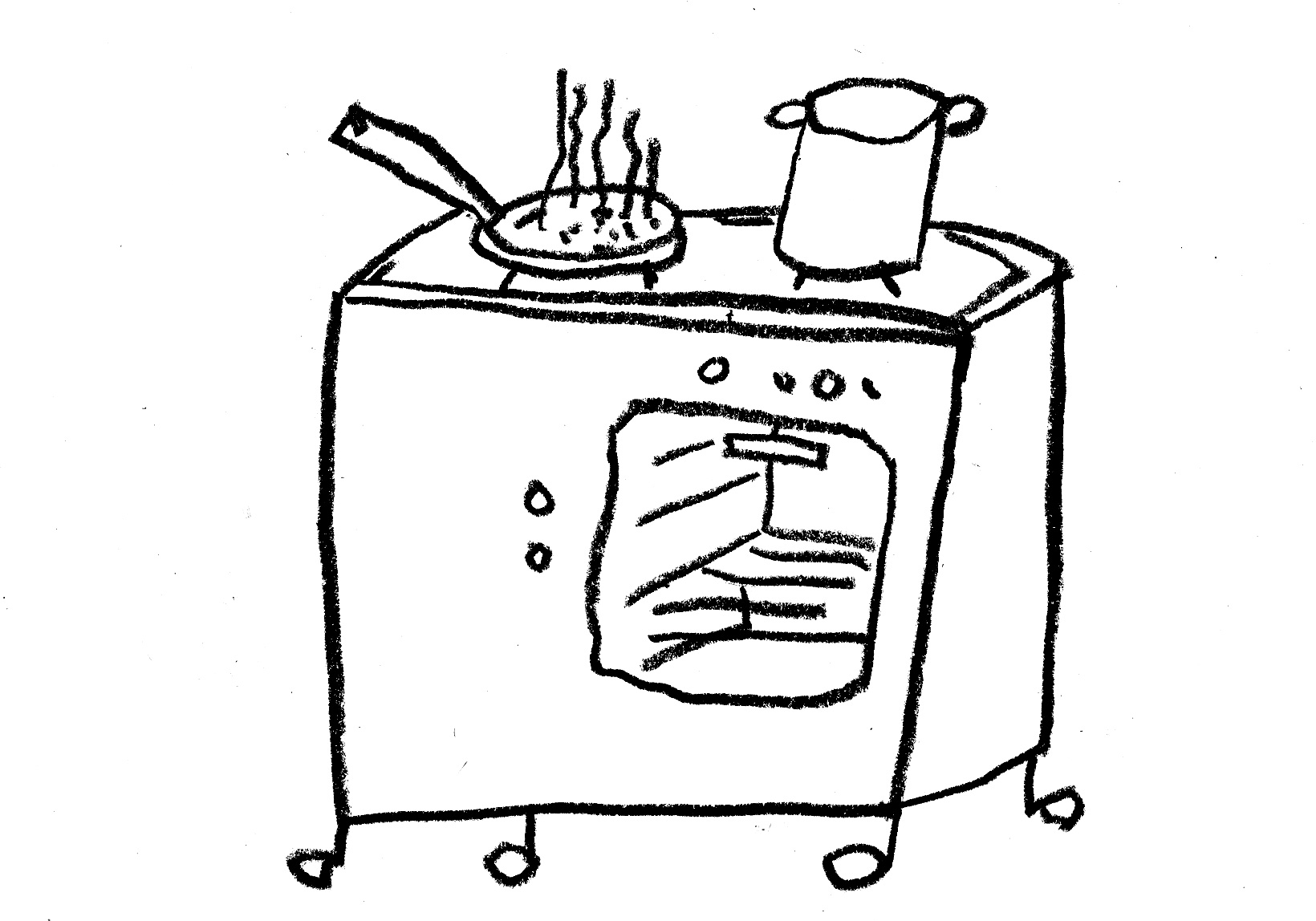
19 Summary
We can reduce energy consumption massively and still improve our quality of life by living together and using resources collectively instead of owning them individually. This strategy is more efficient than technological innovation. What more could we want?
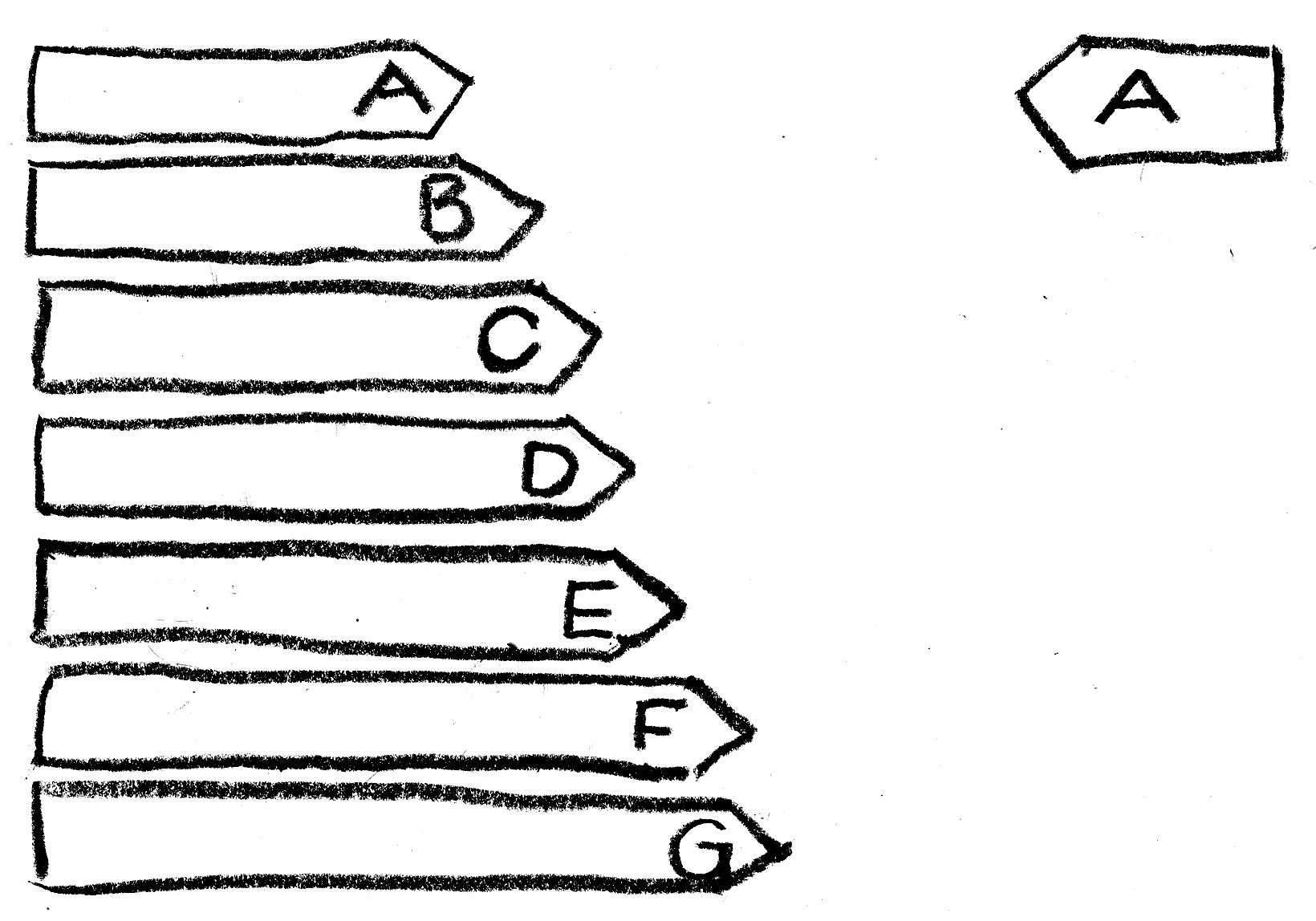
[download all slides]
